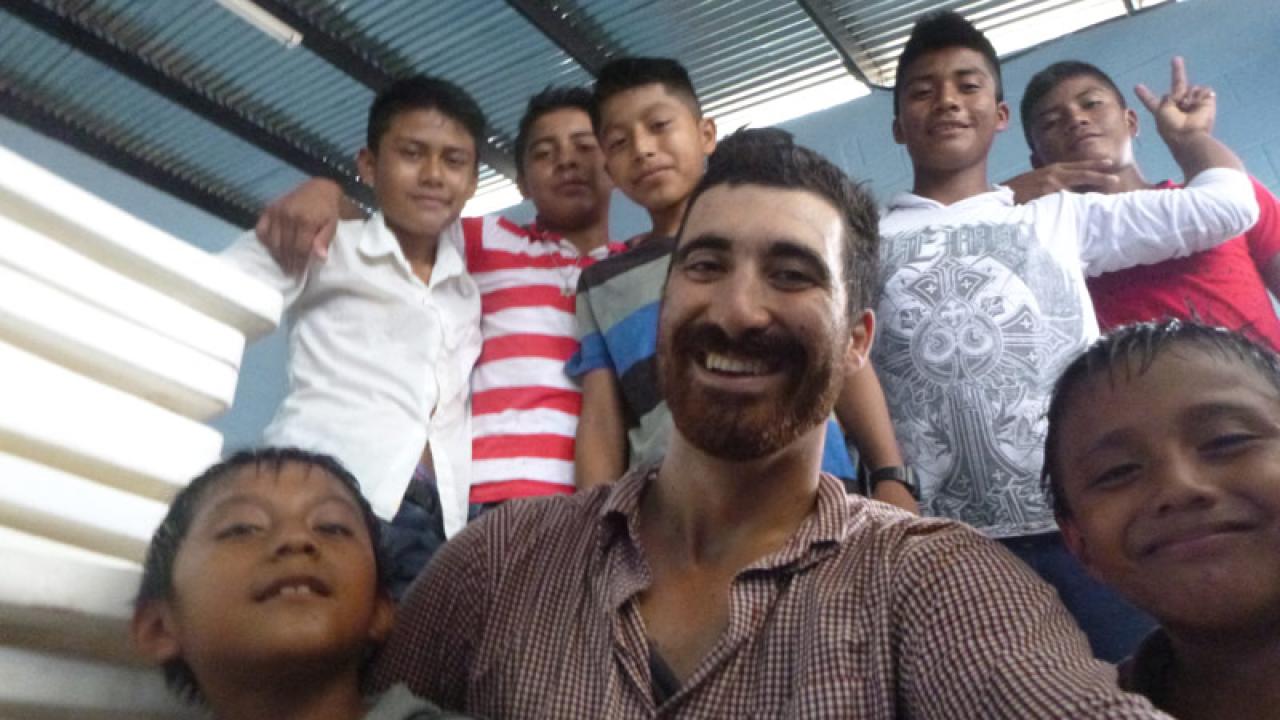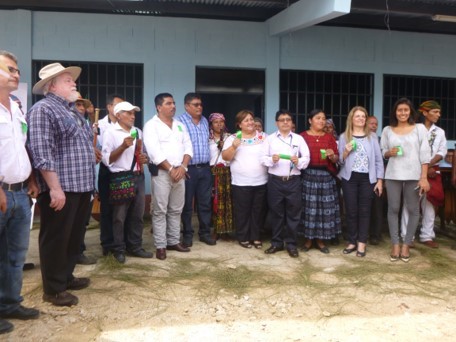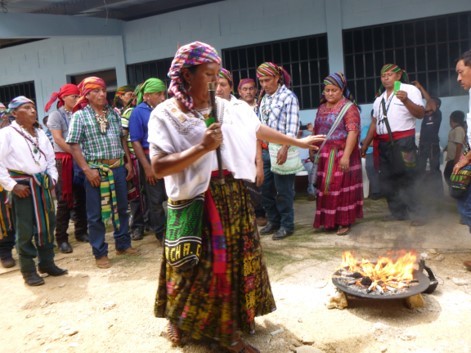
Kellen Parrish - Agricultural Curriculum for the Indigenous School for Rural Integrated Development
La Libertad, El Petén, Guatemala in Summer 2017
By Kellen Parrish
Unlike some other research projects that received funding for this Jastro period, my project consisted of more applied work and information gathering to support the development of an innovative high school in an indigenous region of Northern Guatemala. Using settlement money from a discrimination lawsuit involving anti-indigenous entities, a member of the organization ACDIP (Peasant Association for the Integrated Development of El Petén) decided that it would fund the creation of a high school that taught curriculum to target the development needs of rural, often indigenous, communities in the El Petén department of Guatemala. After initial funding for the creation of the school, the agreement was that the school become public and available for all students to apply for admission. The school’s curriculum was to have some elements in common with the rest of the country’s schools but would also focus on regionally specific concepts like agriculture, community organizing and endogenous economic development. It would be comparable to a charter school in the United States.
With my colleagues from UC Davis, my job was to organize and create content for specific components of the school’s curriculum. Personally, I was assigned the responsibility of designing a nutrient balance program for the school’s teaching farm. The aim of the farm was to be self-sustaining via the incorporation of animal fertilizer from animals fed via rotational grazing. To establish the agricultural area of the farm, the school’s organizers had yet to cut down the portion of forest they needed for farming. I met with engineers, farmers and families to extrapolate the area one may need to begin to feed a school of 90 students and organize the areas dedicated to specific enterprises (herbs, horticulture, maize, animals, etc.). With the understanding that the school would be incapable of providing enough food to the students in at least its first three years, I helped create a budget to solicit donations from NGOs to provide adequate food for students as the farm became increasingly productive on the path to self-sufficiency.

The second major component of my work was to assist in the development of a self-sustaining tilapia aquaculture system as the first step in the irrigation process. Irrigation lines would be designed to empty first into the tilapia ponds while a secondary pump would move the nutrient-laden water (because of tilapia excretions) towards the other enterprises on the farm. This would serve the purpose of replacing water from intensive fish production and potentially amending nutrients in soil in the water flowing towards other growing areas. I was also tasked with creating a feed plan for the fish to ameliorate the burden of costly fish feeds. The plan was a combination of reused food scraps, animal manures and specific tree species planted to create a complete diet for the tilapia in the pond.
The Jastro funding enabled travel to conduct interviews and purchase resources for our projects. Our efforts resulted in a comprehensive design for the agricultural education farm at the high school that will be utilized for the upcoming construction of the different plots. Thank you very much for funding to help make this school a reality. I believe it can serve as a model for education for endogenous development that transcends culture and nationality.
